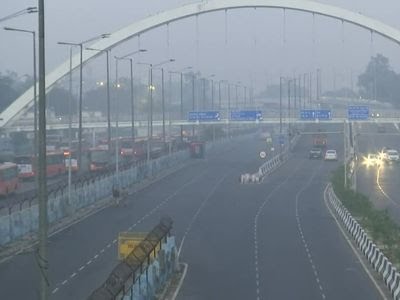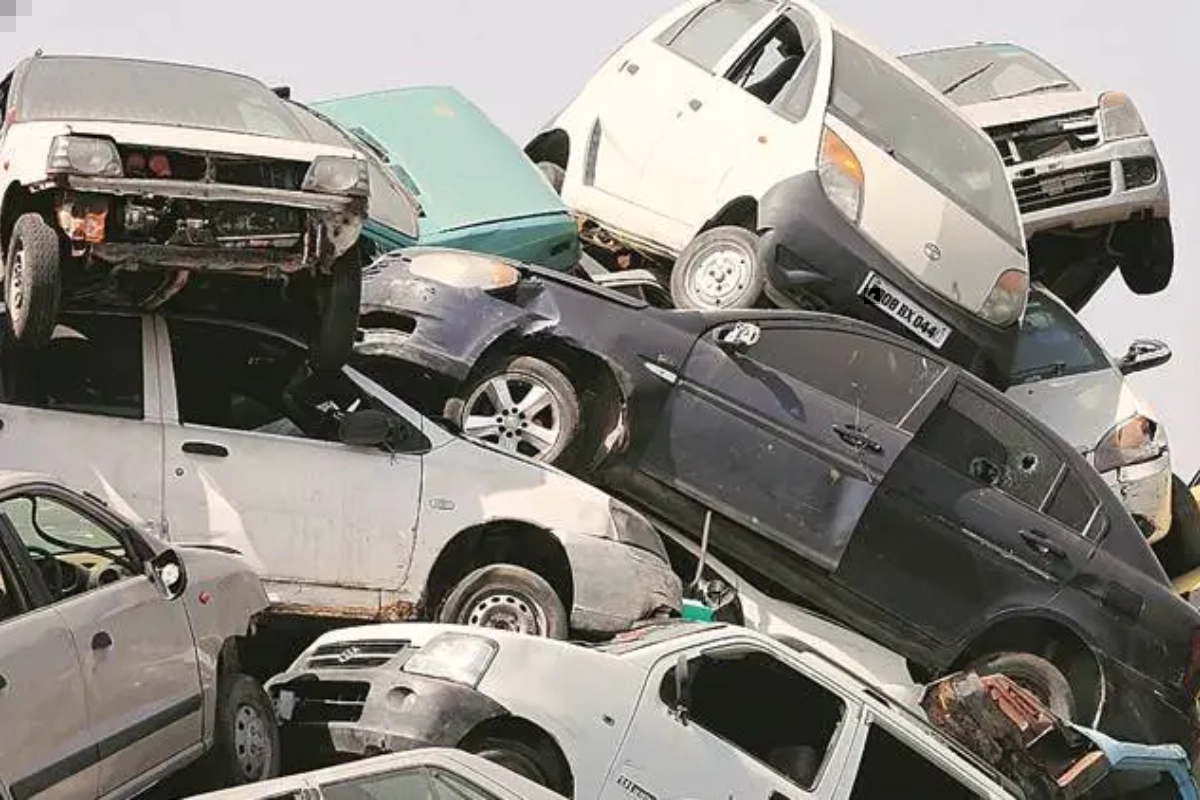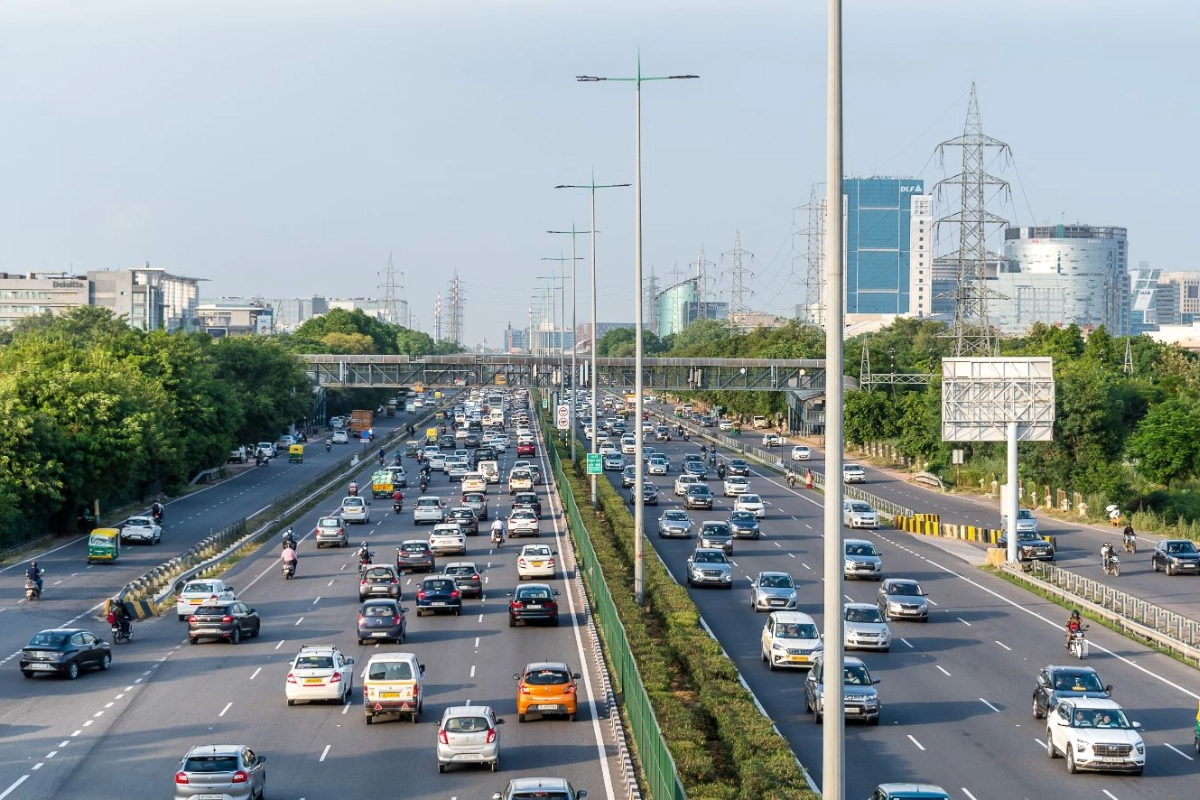The national capital Delhi is the world’s most polluted capital since 2021 and last year 35 of the world’s 50 cities with the worst air quality were in India.
This has been claimed in a report. This report has been prepared by the Swiss organization ‘IQAir’ and it was released globally on Tuesday.
According to the report, in the year 2021, no city in India could meet the air quality standard (PM-2.5 concentration of five micrograms per cubic meter) set by the World Health Organization (WHO).
The situation in North India is the worst. Delhi is the world’s most polluted capital for the second year in a row, with pollution increasing by almost 15 percent over the previous year. The level of air pollution here was almost 20 times higher than WHO’s SEPTI limit, with PM2.5 for an annual average of 96.4 micrograms per cubic metre. The safety limit is 5.
Delhi’s air pollution ranks fourth globally, with Bhiwadi in Rajasthan being the most polluted in the world, followed by Ghaziabad district of Uttar Pradesh on the eastern border of Delhi. Ten of the top 15 most polluted cities are in India and are mostly around the national capital. India has 63 places in the list of top 100 most polluted places. More than half are in Haryana and Uttar Pradesh.
Also Read – ED Attaches Property Of Uddhav Thackeray Relative
The report, which presents an overview of the state of global air quality in 2021, is based on PM 2.5 air quality data from 6,475 cities in 117 countries. According to the report, Delhi is second only to Dhaka among the most polluted capital cities, followed by N’Jamena in Chad, Dushanbe in Tajikistan and Muscat in Oman.
It said, “35 out of the 50 most polluted cities in the world are in India. The annual average level of PM-2.5 in the country has reached 58.1 micrograms per cubic meter in 2021, stopping the improvement that has been recorded for three years.”
According to the report, “The annual average level of PM-2.5 in India has reached the level before the lockdown in 2019. It is a matter of concern that no Indian city has met the WHO standard of five micrograms per cubic meter in 2021.
The report also revealed that 48 percent of the cities had PM-2.5 particulate matter levels in excess of 50 micrograms per cubic metre, which is ten times the standard set by the WHO. Commenting on the recent figures of ‘IQAir’, Avinash Chanchal, Campaign Manager, Greenpeace India, said that the report is an eye-opener for governments and corporations.
He said, “This once again proves that people are breathing dangerously polluted air. Vehicular emissions are one of the major contributors to the heavy presence of PM-2.5 particles in the city’s climate. It has also been told in the report that in 2021 globally no country has threatened the WHO standard and only three countries of the world have fulfilled it.”
For all the news update subscribe our YouTube channel ‘DNP India‘. You can also follow us on FACEBOOK, INSTAGRAM and TWITTER.











